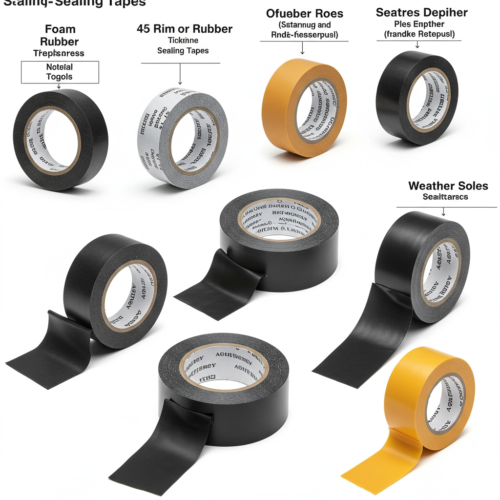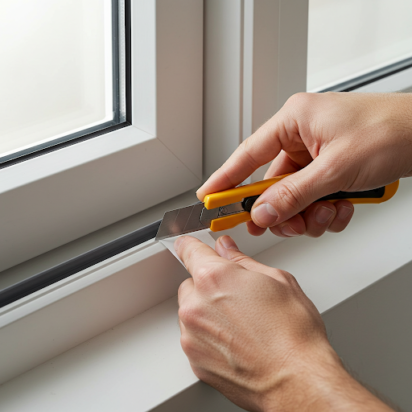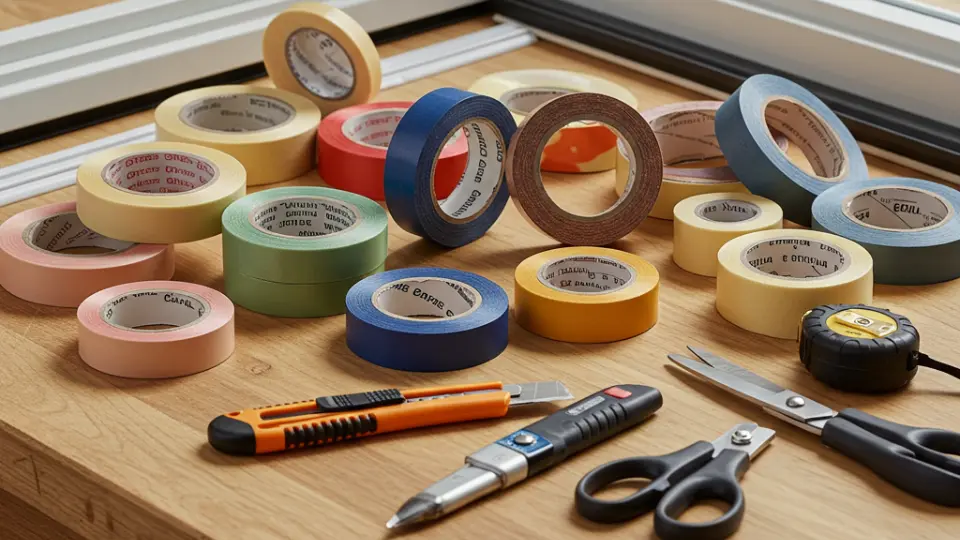10 Best Window Sealing Tapes: Expert Reviews and Comparisons
Are you on a hunt for the most effective and appropriate window sealing tapes that will keep your house warm and energy-efficient? Our experts have put the top 10 window sealing tapes of 2024 to the test and provided you with a detailed comparison to help you make a well-informed decision.
Each tape was reviewed based on key factors like weather resistance, ease of installation, and overall performance. Whether you’re facing a chilly Houston winter or intense summer heat, we’ve got you covered.
What You’ll Learn in This Guide:
- Premium vs. budget tape features and pros/cons
- Expert insights on durability and long-term performance
- Simulated results from real-world climate testing
- Installation tips to boost energy savings with minimal effort
Key Takeaways
- High-end tapes offer long-term protection for extreme weather; budget options are great for occasional or moderate use.
- Installation is easy with common tools like a utility knife and a clean cloth—perfect for DIYers.
- Strong adhesives make many tapes ideal for sealing both upper and lower window sashes.
- All-weather and waterproof options stand out for year-round performance across various climates.
Types of Window Sealing Tapes

Foam-Based Sealing Tapes
Foam tapes are soft, compressible, and versatile. They fill gaps effectively and create airtight seals—ideal for sliding or fixed windows and irregular surfaces. Foam-based tapes are best for areas with moderate temperature changes.
Rubber-Based Sealing Tapes
Rubber sealing tapes are extremely durable and flexible. Built to withstand harsh weather, they’re ideal for exterior use in rainy or sunny conditions. They offer a long service life and stay flexible through temperature shifts.
All-Weather Sealing Tapes
These tapes are designed to handle year-round conditions—hot summers, freezing winters, or anything in between. Featuring heavy-duty adhesives, they form a lasting seal that keeps out drafts and moisture season after season.
Installation Guide

Surface Preparation
Before installing your sealing tape, start by cleaning the window frame thoroughly. Use a mild detergent and water solution to wipe away any dust, dirt, or grease, then let the surface dry completely.
Next, remove any old adhesive or tape residue using a scraper or adhesive remover. Proper surface prep ensures the tape bonds effectively and lasts longer.
Application Process
Measure the window frame and cut the tape to length with a utility knife, allowing for slight overhang. Begin applying the tape from one end, pressing it firmly into place as you slowly peel away the backing paper.
Use scissors to cut corners at 45° angles for a clean fit. Smooth the tape with your hands or a flat tool to eliminate air bubbles and ensure even adhesion.
Finishing Touches
Once the tape is fully applied, go over all seams and edges with firm pressure. Trim excess material carefully and inspect the corners. Add a second layer if necessary for reinforcement. The result should be a smooth, draft-proof seal around your window.
FAQs
What is the usual window sealing tapes service life?
Most tapes last 2–5 years, depending on material quality and climate. Premium tapes can last up to 8 years with proper maintenance and routine inspections.
Is it possible to use window sealing tapes on any type of window surfaces?
Yes, most tapes work on smooth surfaces like wood, PVC, and metal. Always check the product specs and clean the surface before applying new tape.
How can I remove an old window sealing tapes without scratching the window frame?
Use a hairdryer to warm the adhesive for easier removal. A plastic scraper and mild cleaner can help remove leftover residue safely.
Should I only apply the tape during specific weather conditions?
Yes. For best adhesion, apply the tape in dry conditions with temperatures between 50–80°F. Avoid installing in extreme heat or humidity.
Can sealing tape reduce utility bills?
Absolutely. Properly applied window sealing tape can lower energy costs by up to 20% by keeping warm air in during winter and cool air in during summer.
How should I measure windows for sealing tapes?
Use a tape measure for each sash and add 1 inch of overlap. Measure both upper and lower sashes separately for a tight, custom fit.
Our branches in the United States
Get Your Free Window Repair Estimate Today!
Don’t let window damage compromise your home’s comfort and efficiency.
Contact Windows and Doors Repair LLC
(281) 595-0406
✉️ contact@windowsdoorsrepair.com



